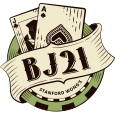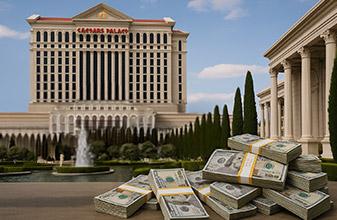Hedge Mistakes

King Yao is the author of Weighing the Odds in Hold‘em Poker, and Weighing the Odds in Sports Betting. He uses his experience from making millions in financial derivative markets and translates it into gambling. Since he left his trading position in 2000, he has been playing poker and betting on sports. He travels to Las Vegas frequently, especially during football season.
Prospective sports bettors should know the basic principles of sports betting. All other types of casino advantage players, including blackjack players of all skill sets, which includes card counters, should have good working knowledge of Expected Value as well. You should not be betting online or anywhere else without this fundamental knowledge.
If there are no valid reasons to hedge, then it is a mistake to hedge. Most bettors do not have valid reasons when they hedge; here are some of their possible mistakes.
Hedging After Line Movement
A common mistake sports bettors make is hedging their bets when the line moves in their favor without regard to whether the hedge is positive EV or negative EV. For example, you bet on a team -3 points and then the line moves to -5 before the game starts, with no new information such as injuries or a changing weather forecast. Some bettors will now bet on the other team at +5 as a hedge and create the possibility of winning both bets. This kneejerk reaction gets you into a seemingly nice middle opportunity, but it may not be worth it if the hedge is a negative-EV bet. You are probably better off not hedging, and keeping the risk in the initial bet. The issue that confuses some bettors is that the combination of the initial bet and the hedge is positive EV. But since the hedge is a negative-EV bet, it means the positive EV on the initial bet is greater than the positive EV on the combination of the initial bet and the hedge.
Here is an example. In a small sportsbook, you bet $100 on over 199 on an NBA game. You trust your handicapping which shows the right number to be 203. If you had the opportunity, you would have been happy to bet $500 on the over, but this sportsbook’s limit is $100 on NBA totals.
As the time gets closer to tip-off, the line starts to creep up, and five minutes prior to tip-off, the total has moved up to 202. Betting under 202 as a hedge is a mistake in this case, more so if you have to pay the vigorish. You believe the number should be 203, so taking under 202 is a negative-EV bet. It is a mistake to bet under 202 just because you have over 199 and the line moved in your favor. Even if you had bet your preferred amount of $500, there is no valid reason to hedge. Although the combination of over 199 and under 202 has positive EV, the lone bet of over 199 has greater EV.
If the total had moved to 203, hedging is still a mistake if you have to pay the vigorish to bet it. If the line moves to 203.5 -110, then hedging may be worthwhile depending on what you think of the value of the half point from 203 to 203.5. If you think the half point is worth exactly 10 cents, then the under would be a zero EV bet and it would be right to take it as a hedge.
This is part of an occasional series of articles.
Excerpted with permission from the e-book version of Weighing the Odds in Sports Betting by King Yao, edited for this format.











Please log in or register to leave a comment